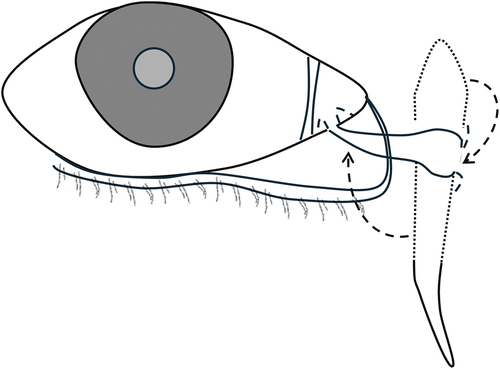Figures & data
Figure 1. LT Jones’ Canaliculodacryocystostomy.
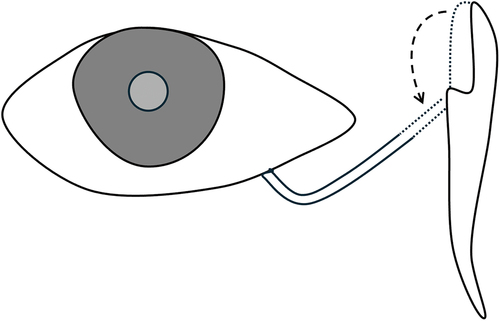
Figure 2. BR Jones’ Canaliculodacryocystorhinostomy.
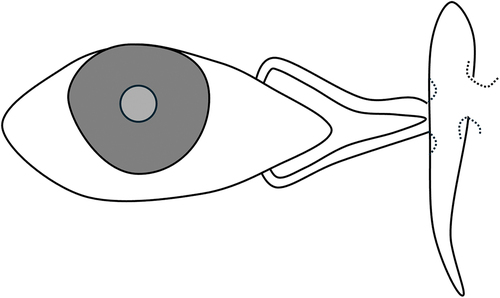
Figure 3. Stallard’s Conjunctivodacryocystostom.
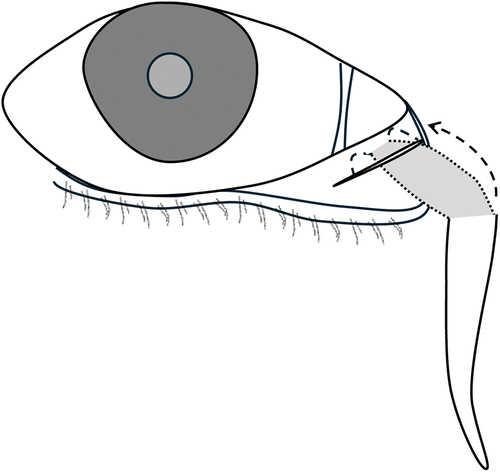
Figure 4. LT Jones’ Conjunctivodacryocystorhinostomy with Jones tube.
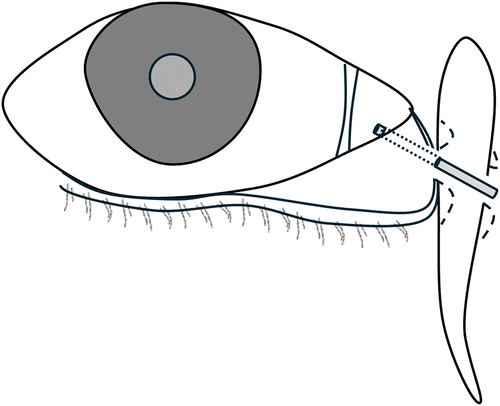
Figure 5. Conjunctivoductivodacryocystorhinostomy.
